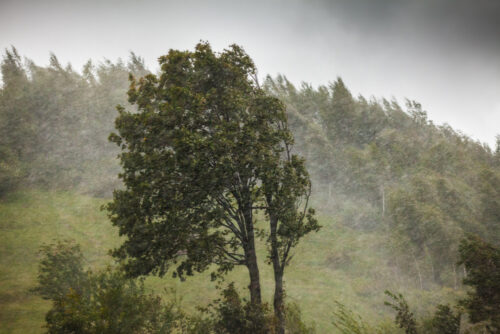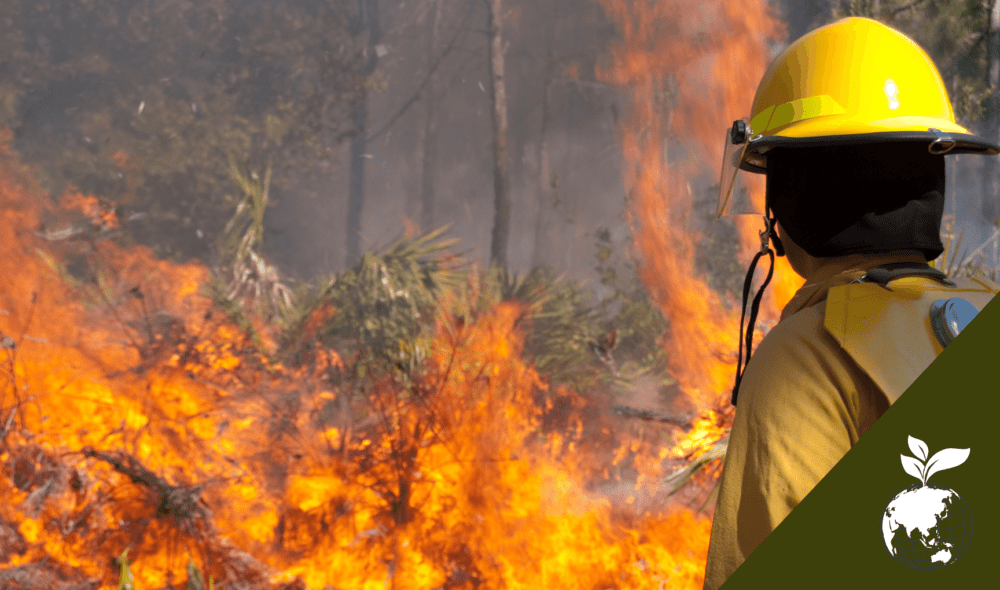Most foresters are familiar with the concept of facilitation by the use of a nurse crop to bring on the development of a favoured species or the use of N-fixing tree species to help ameliorate soil conditions, but mixed species plantations also offer up the opportunity to spread risk from pests and disease, add resilience and potentially help increase levels of productivity overall.
Increasing stand-level productivity using the complementary characteristics of different tree species planted in mixtures not only benefits the producer but also has the added advantage of locking in greater levels of carbon and spreading market risk by producing a range of products. The core rationale is that by planting a range of tree species together that differ in their characteristics for shade tolerance, root depth and phenology for example; then available resources are used more efficiently or economically by the ‘stand’.
The more efficient use of available resources also means that the land is in better shape to accommodate the second rotation as available nutrients are less depleted; so as a long-term strategy carbon sequestration is maximised over several rotations, not just one. Such planting structures also lend themselves well to systems of continuous cover forestry (CCF), which has the benefit of increasing stand-level carbon stocks, minimizing losses of dead organic matter and the loss of soil carbon through soil erosion, but requires greater levels of management input and silvicultural skill to execute effectively.
A more holistic approach pioneered in Scandinavia has been to accept natural regeneration of birch into (planted) stands of spruce with noticeable improvements on stand development and biomass production and this has been achieved simply by modifying management protocols; rather than triggering a radical shift in approach or thinking.
In the long-term the workable geographical range of favoured tree species prone to drought stress such as Sitka spruce may well contract, so looking at alternatives may be vitally important at least in certain areas of the UK, most notably the South and East.
In as much as monocultures are also now part of the natural landscape, single species plantations will remain the mainstay of the industry, and for good reason, but examining alternatives, where appropriate, may be one way to help mitigate the potential risks associated with Climate Change.
A new guide setting out how landowners and managers can adapt their woodlands in the face of climate change has been published by the Forestry Commission, Scottish Forestry, Natural Resources Wales and the Northern Ireland Forest Service.
The UK Forestry Standard Practice Guide ‘Adapting forest and woodland management to the changing climate’ outlines the steps that can be taken to foster woodlands which will be resilient to current and future threats as a result of climate change, such as drought, changing weather patterns and more frequent, severe weather events.




